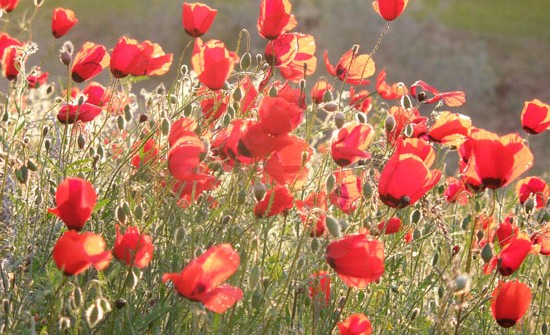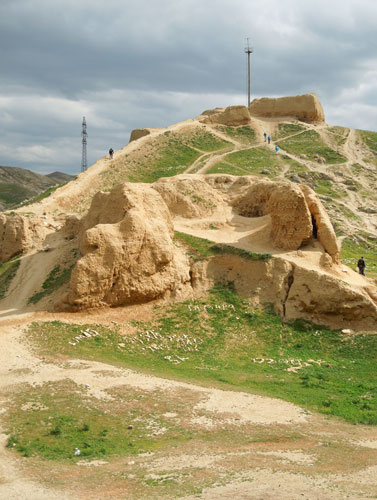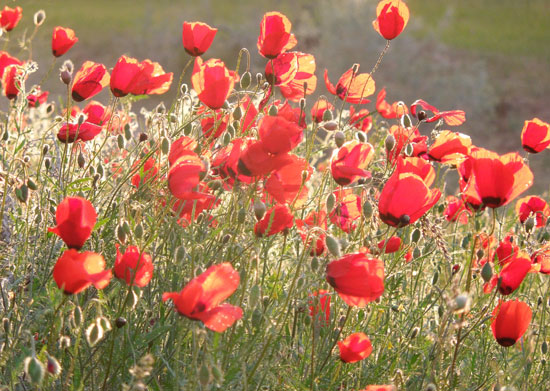

I sat in the dancing light of the campfire and swayed. While it might have seemed that I was moving in tune to the undulating harmonies of the Uzbek folk songs, it was mostly a result of the vodka. Toast after toast had accompanied every stage of the meal, as we took turns to raise a glass.
My travel to Uzbekistan was motivated by historical interest, and I had not expected to count my time in the desert among the highlights, but this felt like a special moment.
“Uzbekistan you say…where might that be?” my best mate had asked when I explained my latest holiday plans. He was mystified, but for me it was a natural holiday destination, and one I had coveted for years.

The idea of the Silk Road had enthralled me from a young age, evoking thoughts of camel caravans threading their way between oases in the desert. The very names of the great Medieval cities along its length, Samarkand, Bukhara and Khiva, epitomize the exotic and at times in their history, the barbaric.
As a rabid history geek, it was the beautiful monuments of these ancient city states that I had come to see. The fabled Registan of Samarkand is the pinnacle of Central Asian architecture, but the blue-tiled palaces, harems, mosques and medrassas of Bukhara and Khiva were also high on my itinerary.
I was following in the footsteps of the players in the Great Game, that century of diplomatic shenanigans as Britain and Russia competed for influence in the region. Officers in disguise surreptitiously surveyed remote mountain passes, and chivalrously wined and dined their adversaries when they met on the Roof of the World. Most notoriously, two British officers, Stoddart and Connolly, were beheaded in the square at Bukhara. A visit to the jail and their window-less and door-less cell, the notorious ‘bug pit’, where they were held for years amidst the vermin was an important pilgrimage for me.
At the edge of the great Kyzyl Kum desert, we visited a fort built by Alexander the Great on his brief but glorious career of conquest. When I finally dragged my vodka-addled body to bed, I knew that I would be spending the night in a yurt, just as Genghis Khan did when he terrorized the region, some 800 years ago. But as I watched the flickering of the campfire, under the light of a full Uzbek moon in the middle of a ring of yurts, I suddenly recognized a song.
You don’t need to understand the lyrics for the sad and haunting refrains of ‘Katyusha’ to hit home, but I had read of the brutal effectiveness of the Red Army’s second-world-war rockets, nicknamed Katyusha by the Soviets. The song was originally written about a girl yearning for her soldier husband, but became a wartime anthem.
The vocalist was an ethnic Kazakh, left a native of modern Uzbekistan by the break up of the USSR. He sang in Russian of a war fought far away and long ago by a country that no longer exists. After the first verse, a Russian tourist on the far-side of the campfire took up the tune in a gruff tenor. In the silence and darkness of the Uzbek desert, it was extremely poignant.
The following morning, I would take my hangover for a camel ride through the desert. Visiting during the short rainy season, the desert bloomed with banks of red poppies, glowing in the sun. Just as I imagine they had for travelers on the Silk Road for millennia before me.

